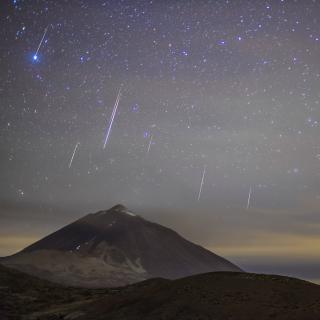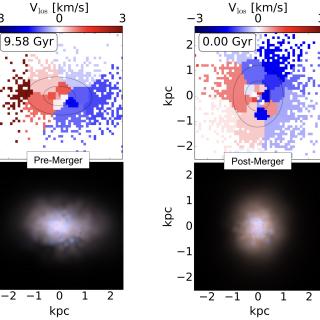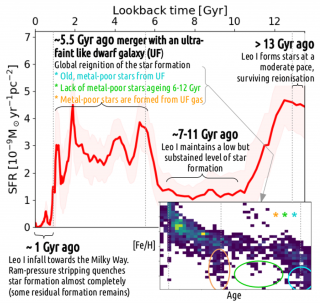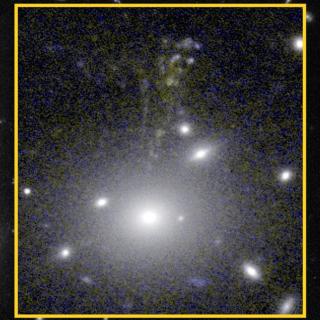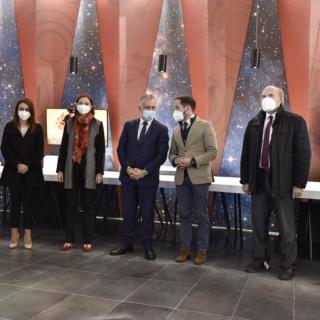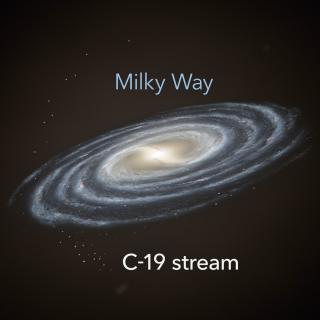
Just as archaeology examines the ground with great care to find valuable objects which helps us to get to know ancient civilizations, astronomers look at the stars in the Milky Way in the hope of finding clues to help us understand the earliest period of development of our Galaxy. A team of researchers, in which the Instituto de Astrofísica de Canarias participates, publishes today in Nature the discovery of the oldest globular cluster remnant discovered to date. This study combines data from ESA's GAIA satellite with observations made at the Gran Telescopio Canarias, installed at the Roque
Advertised on
